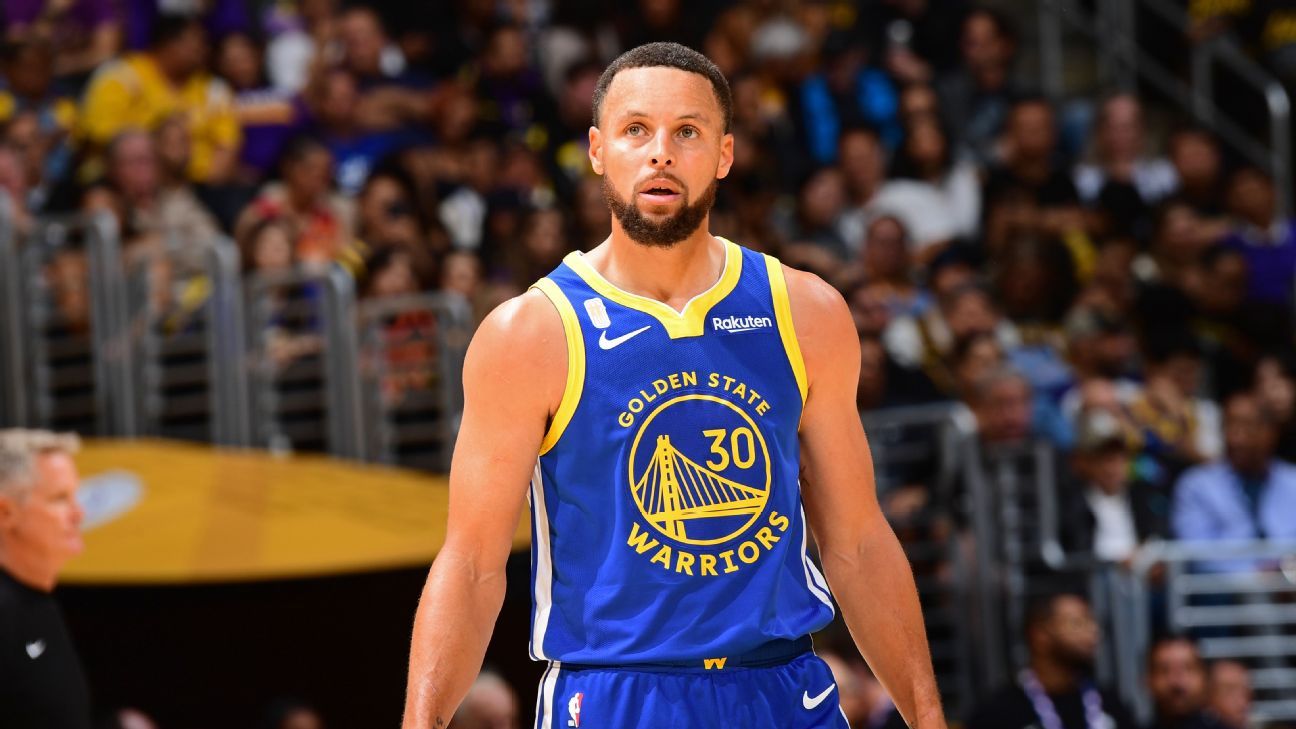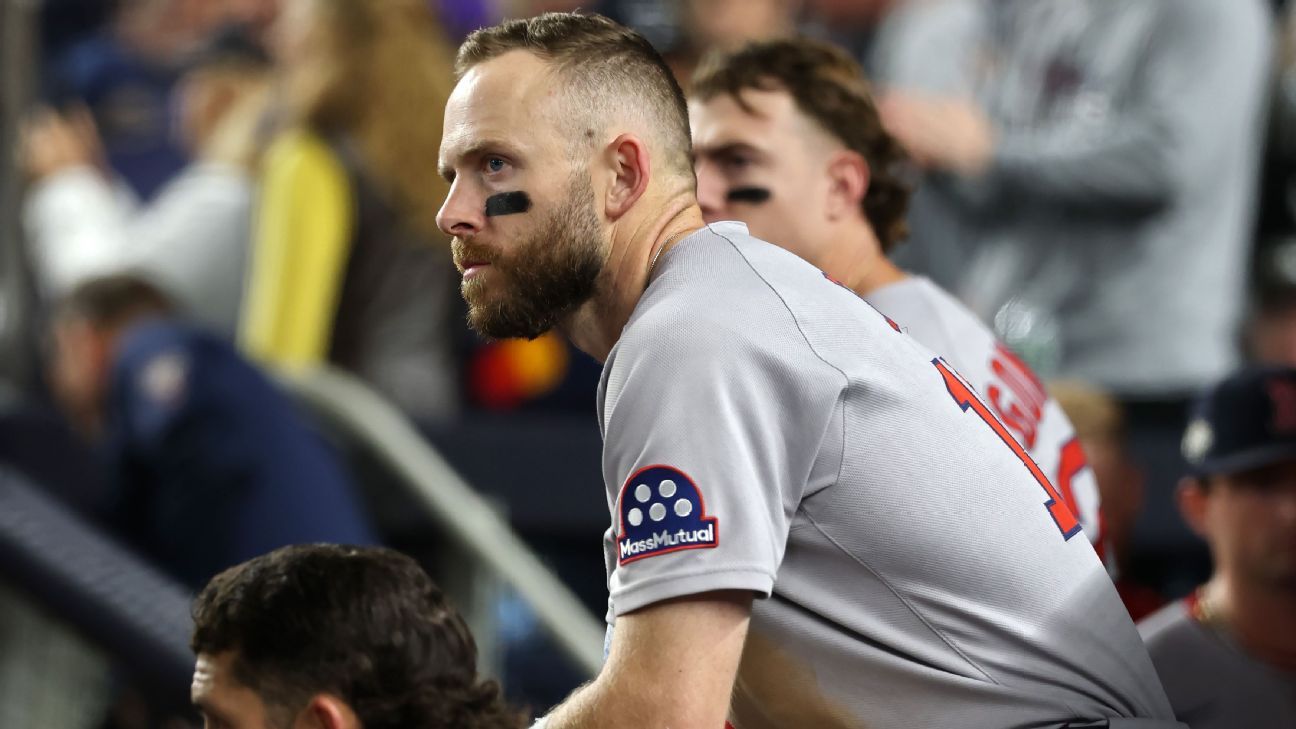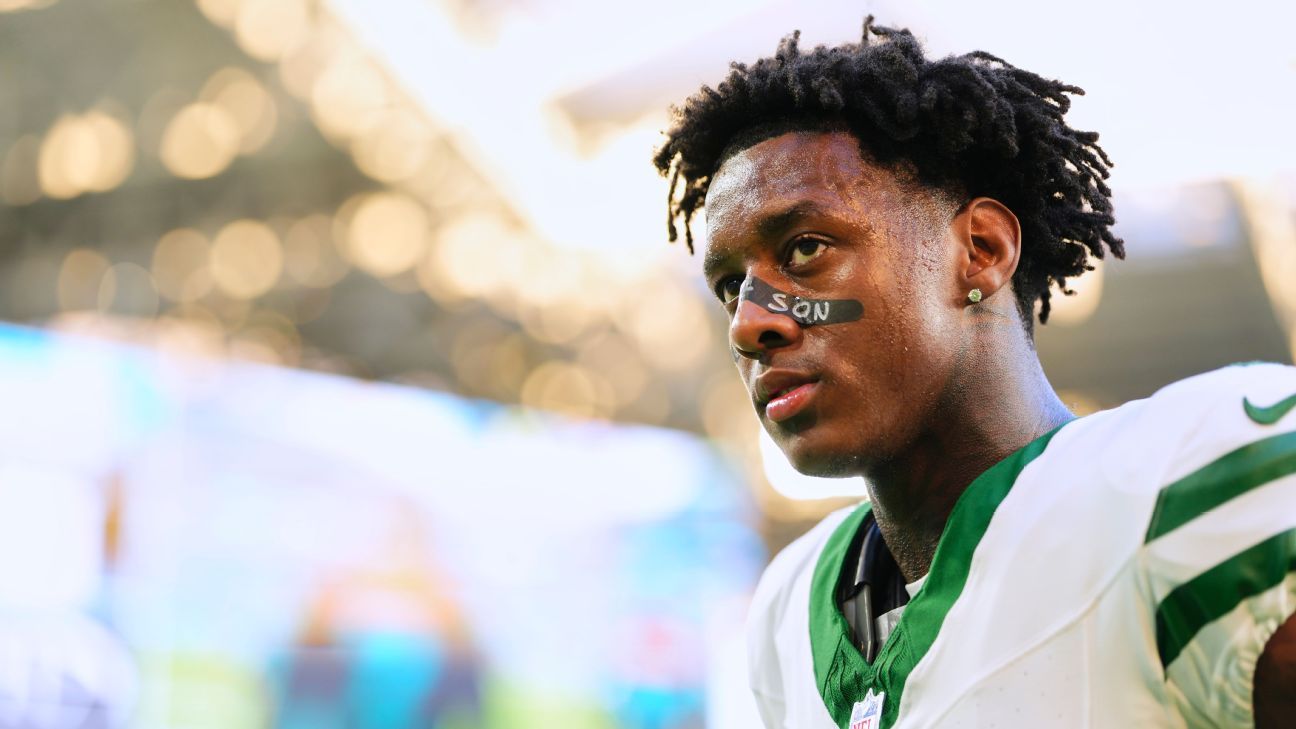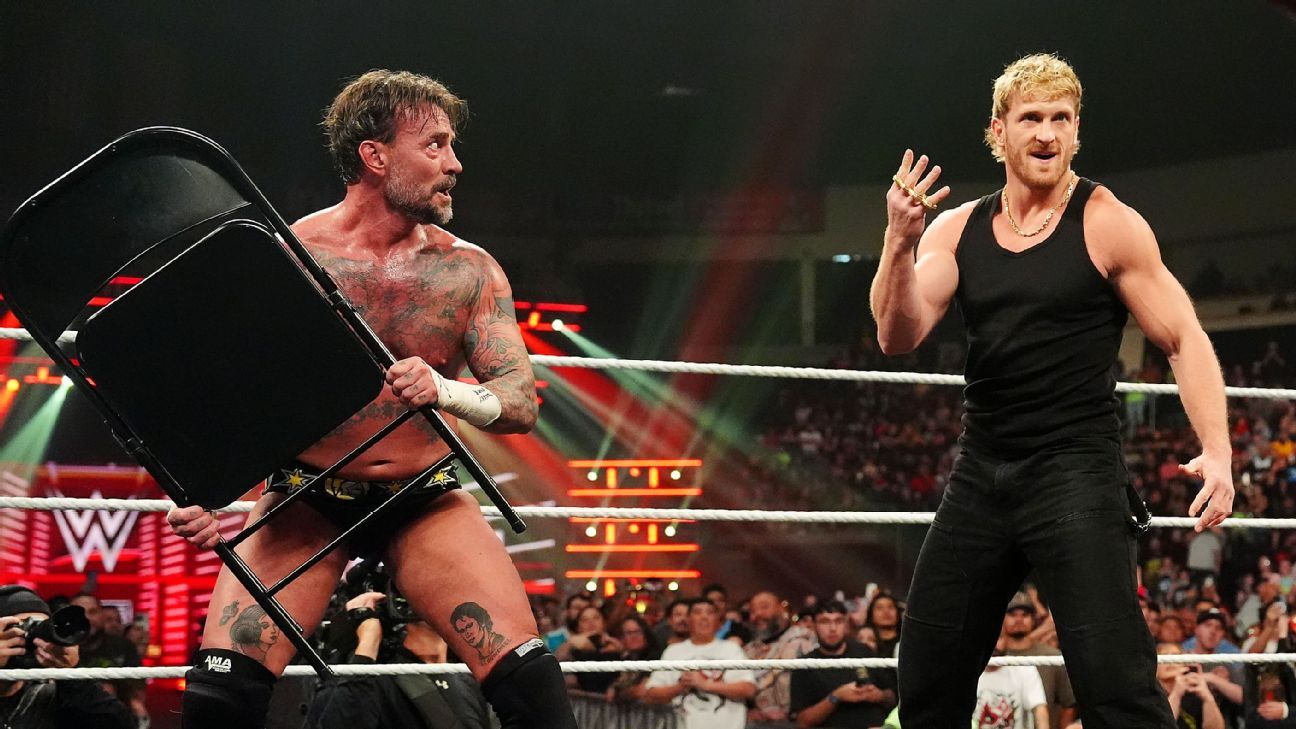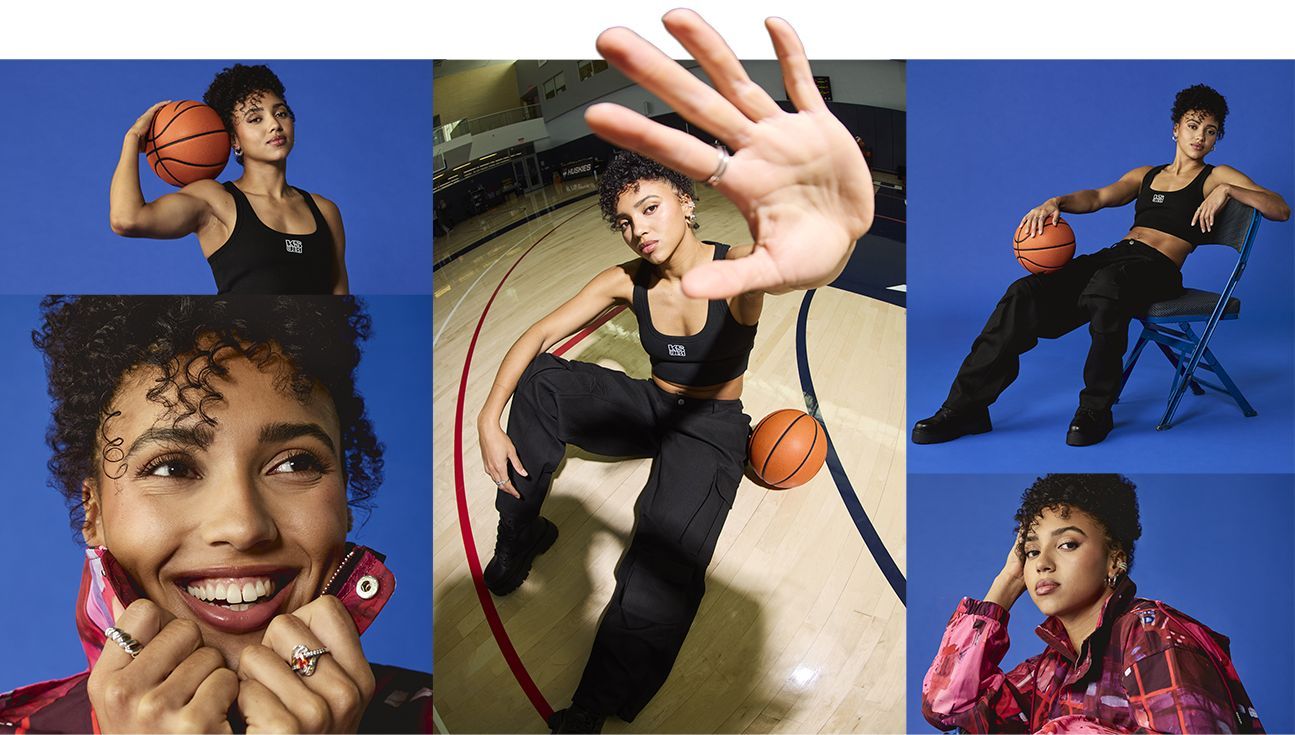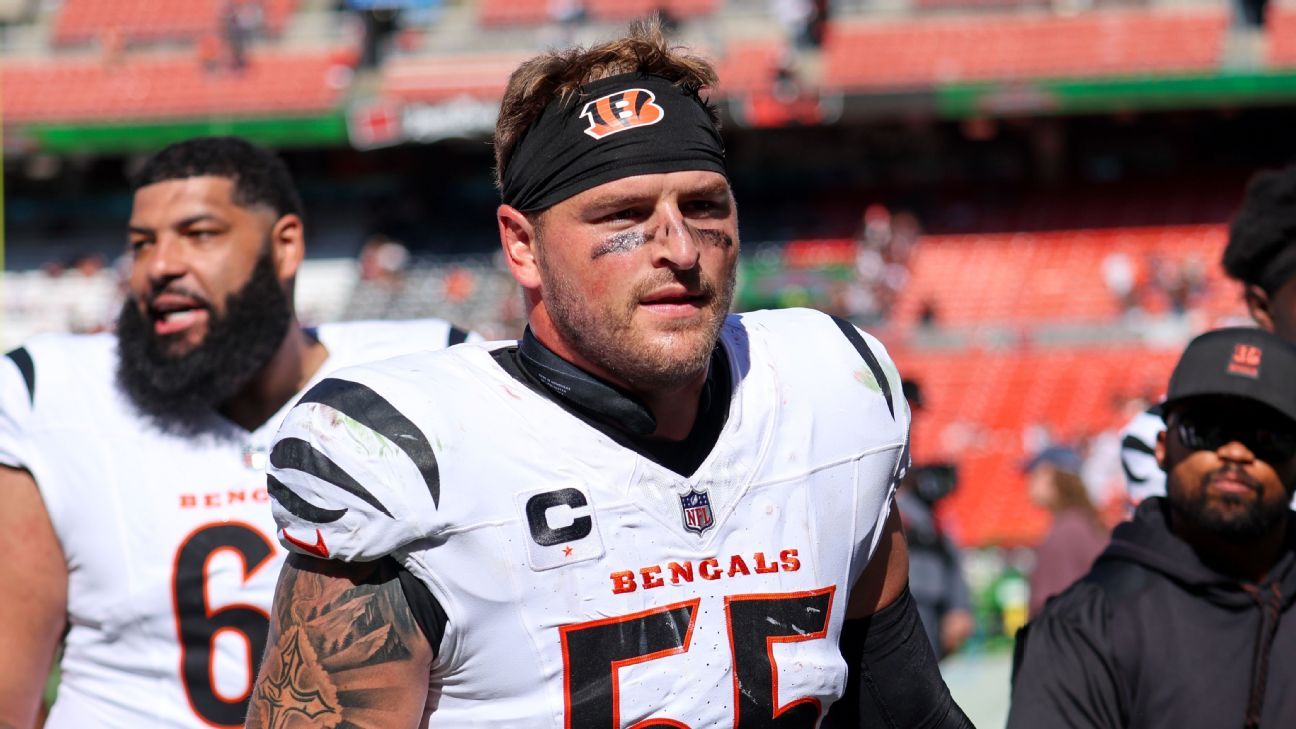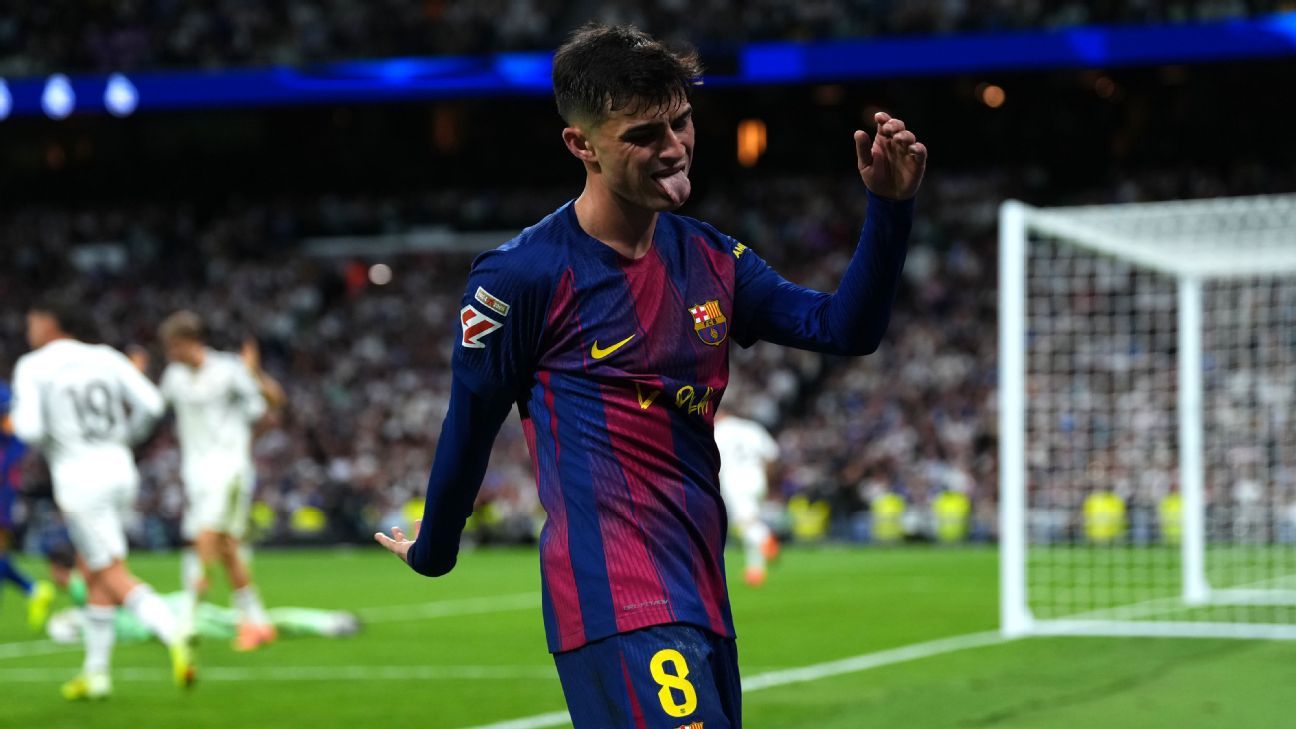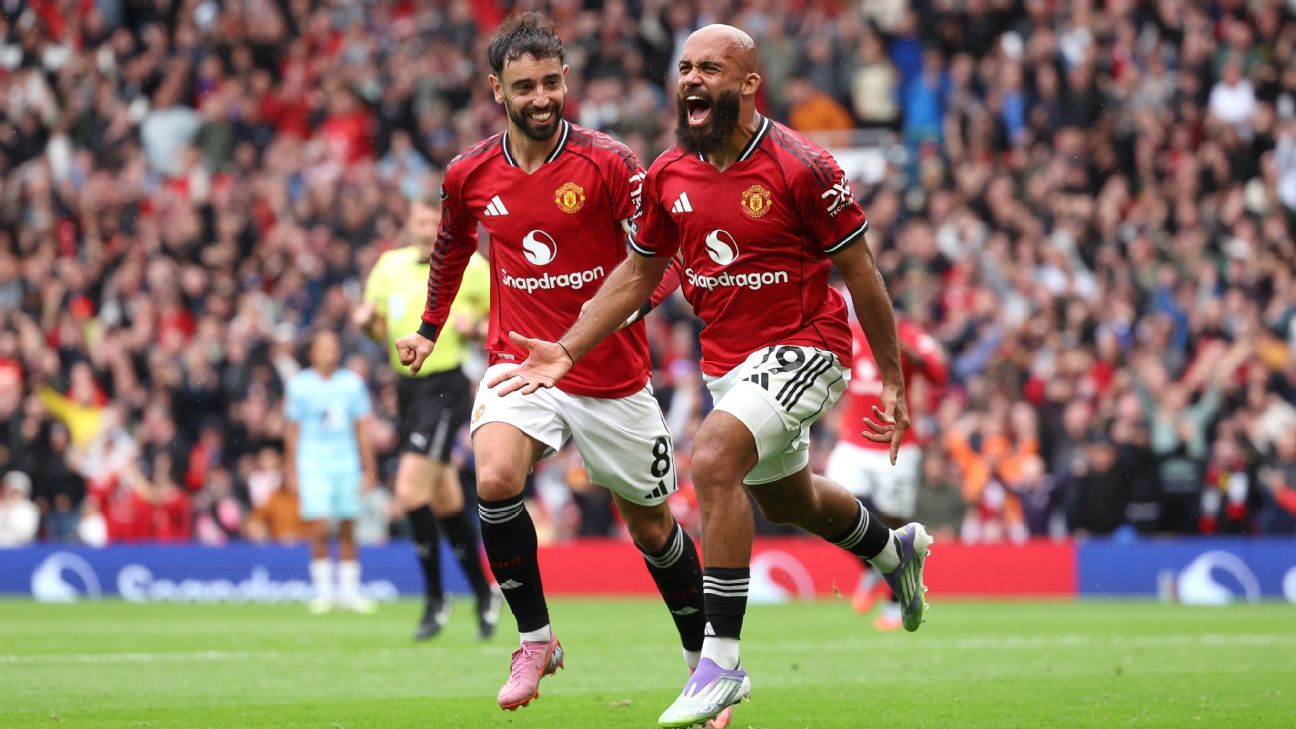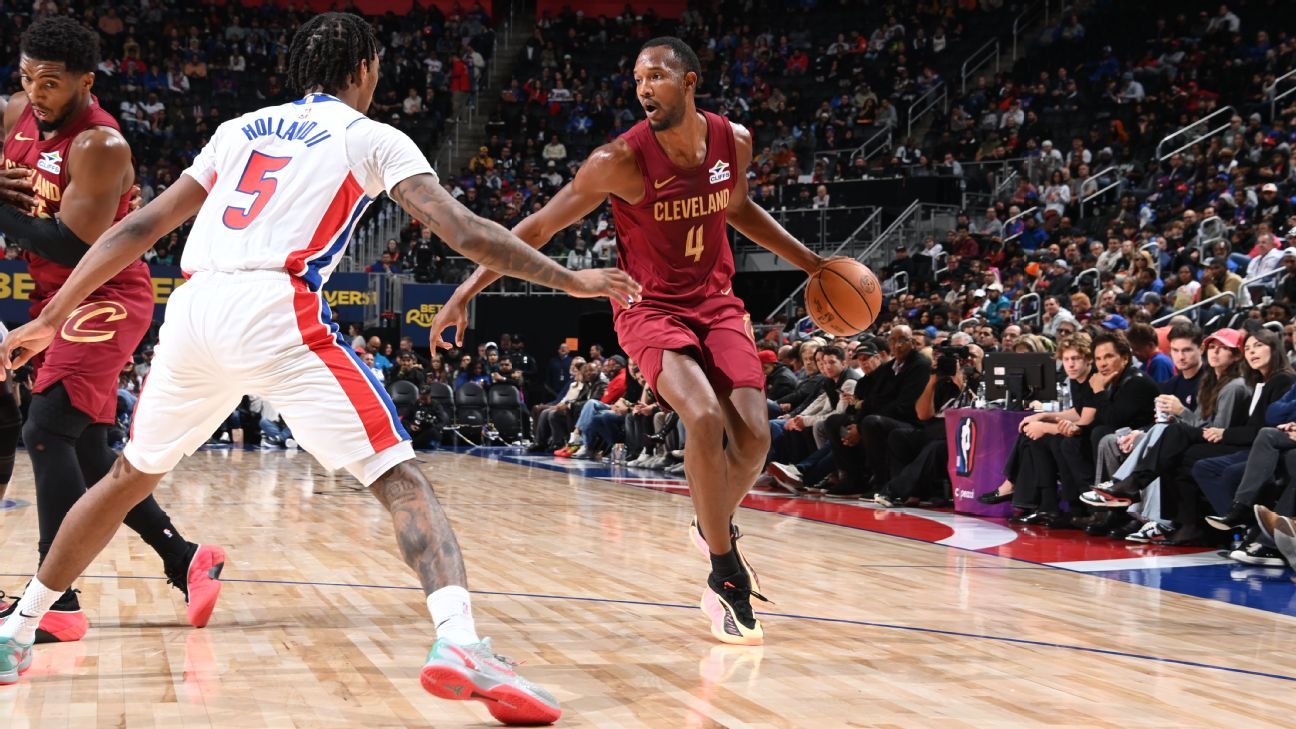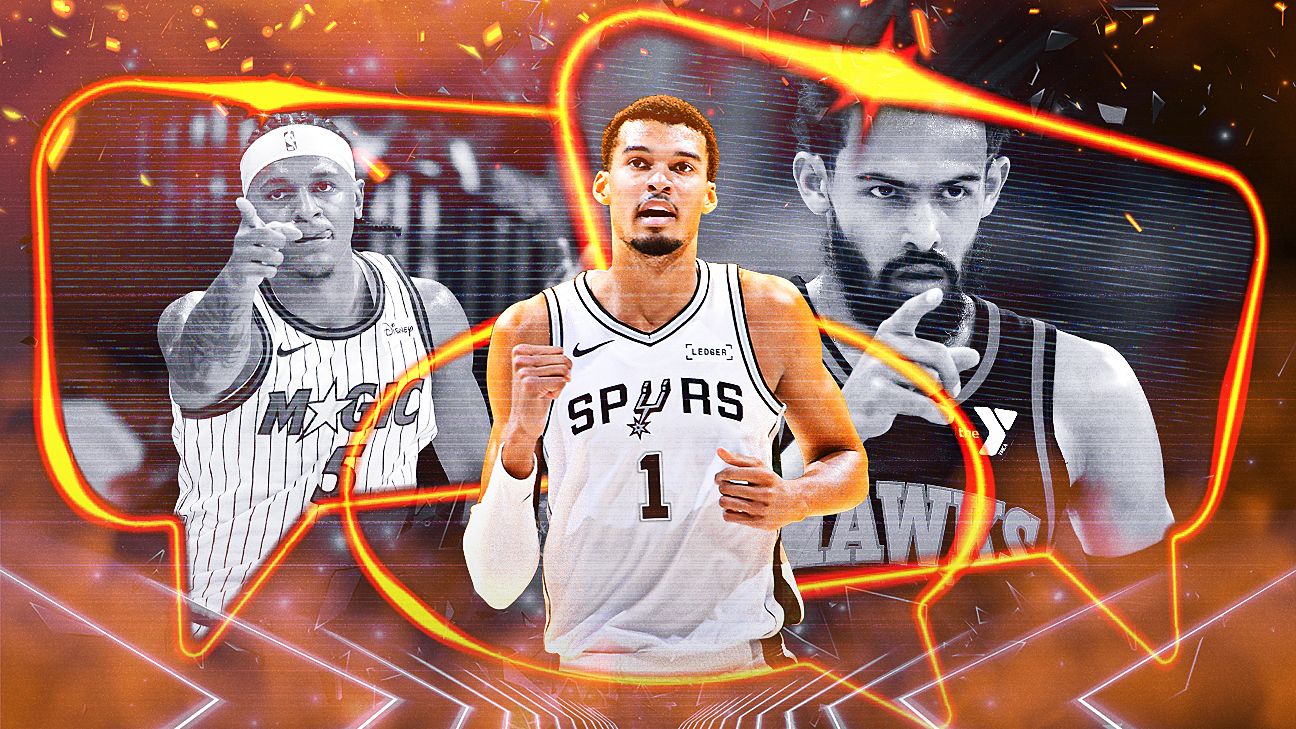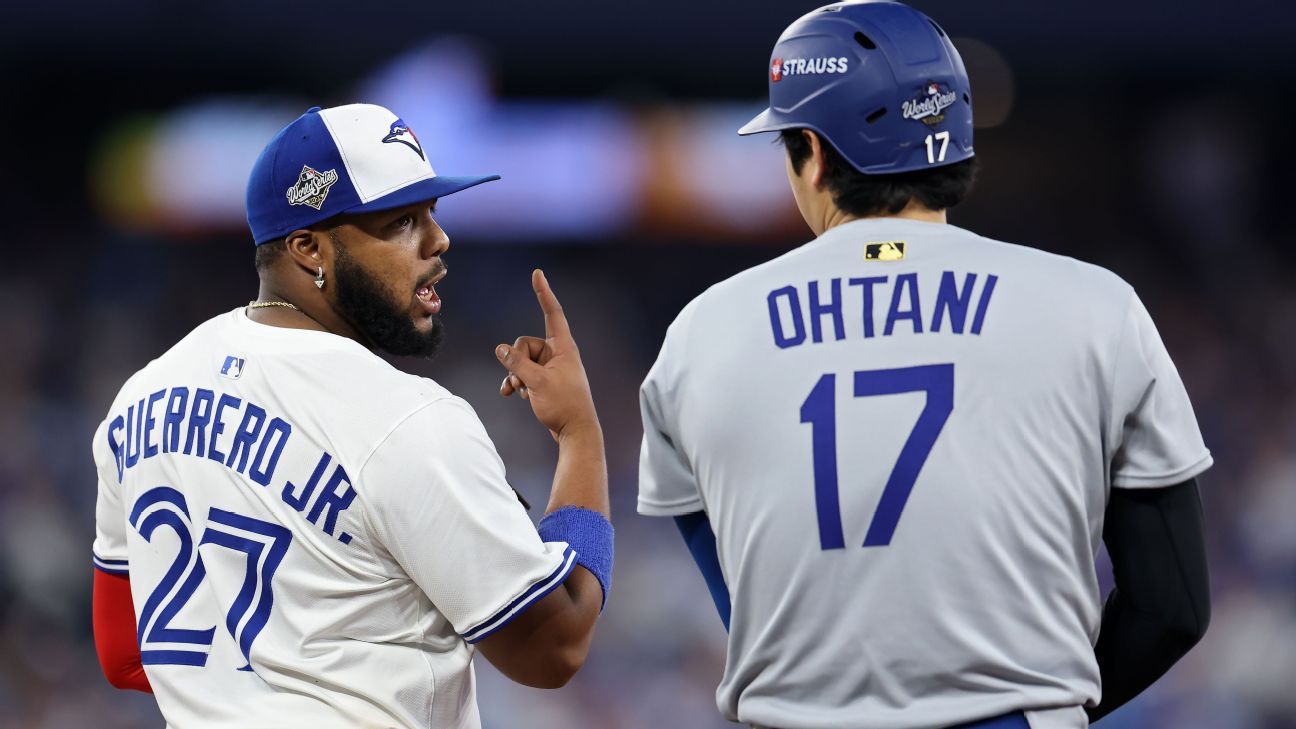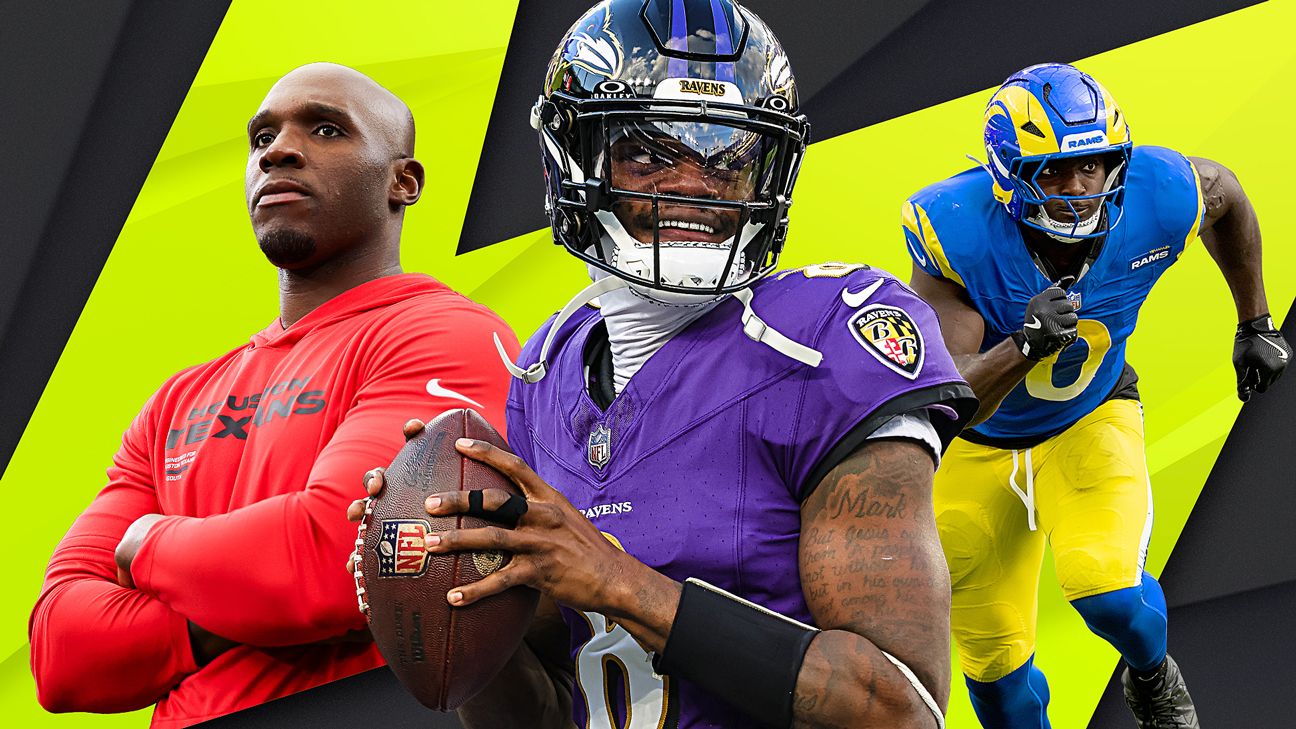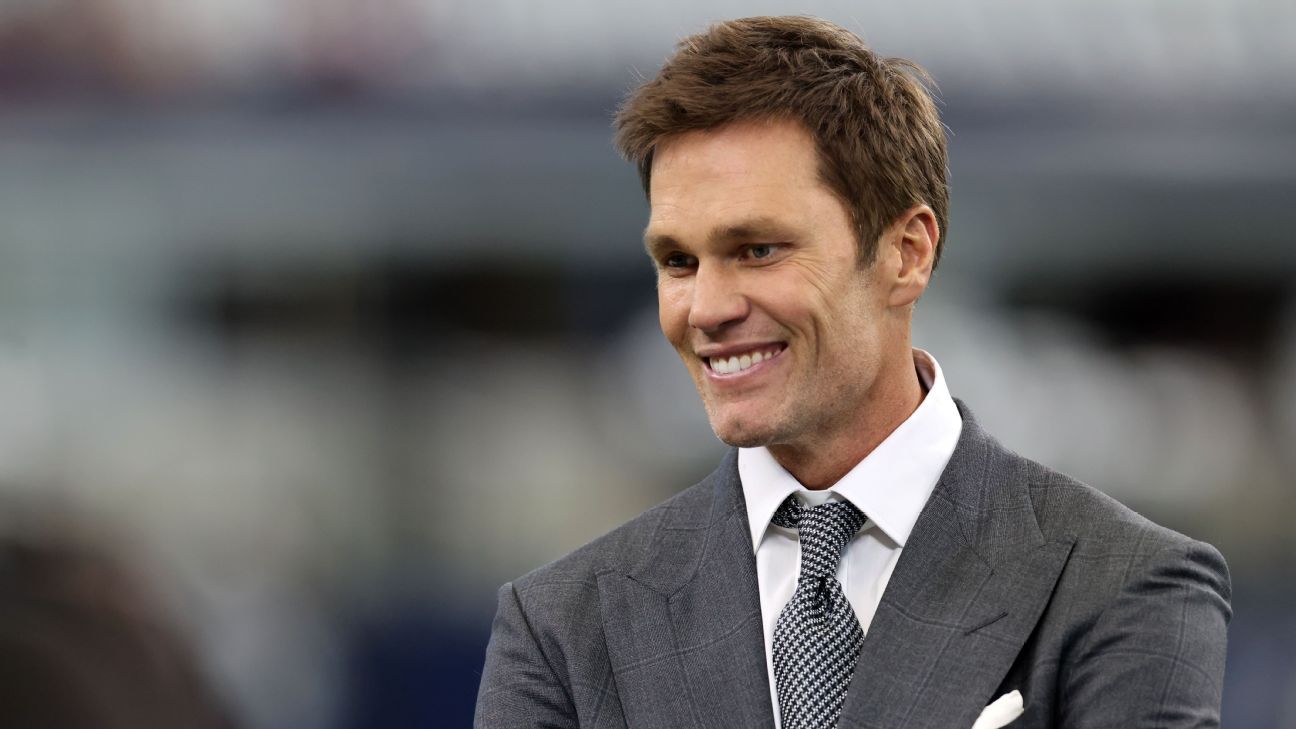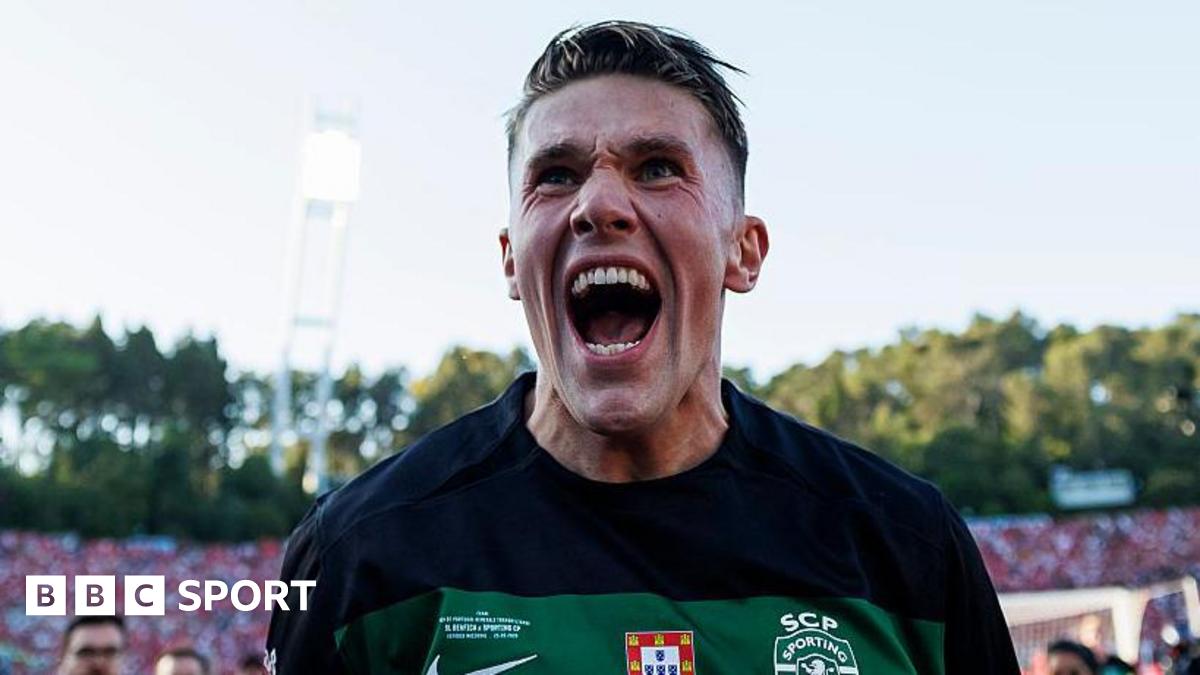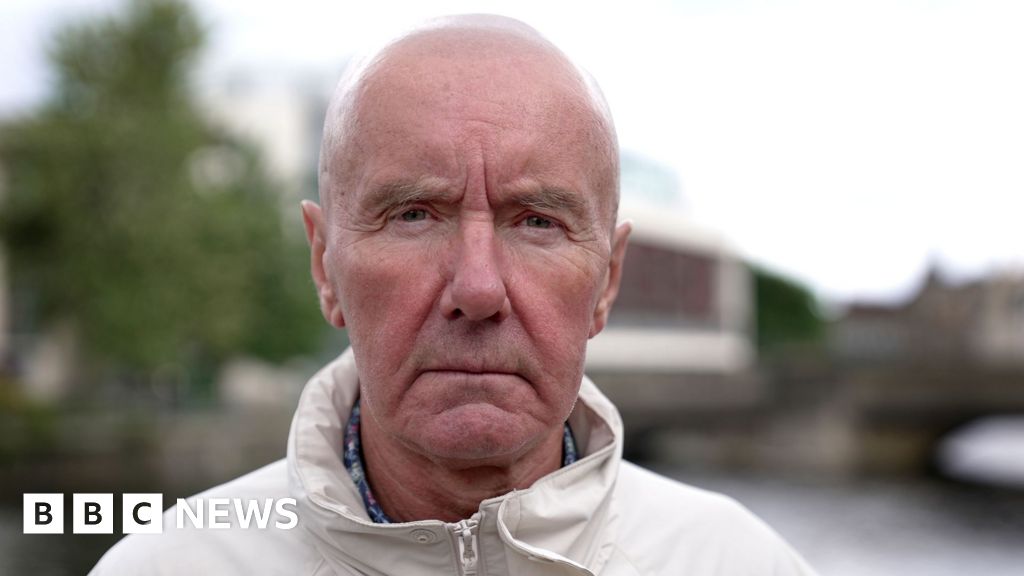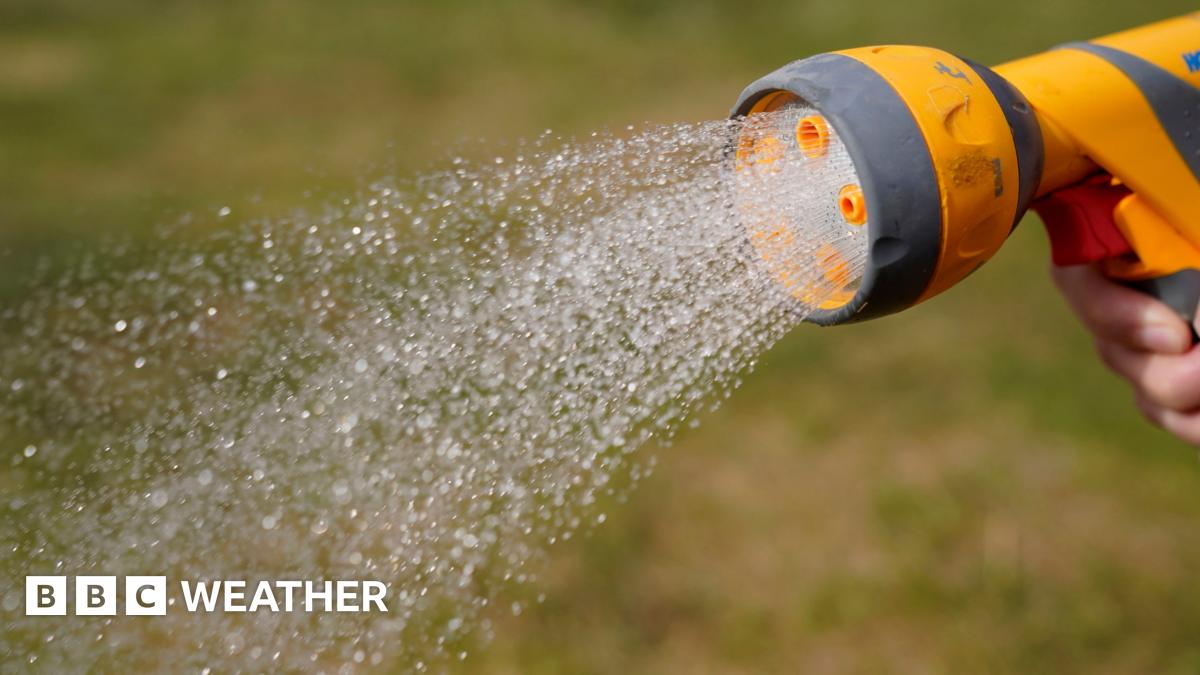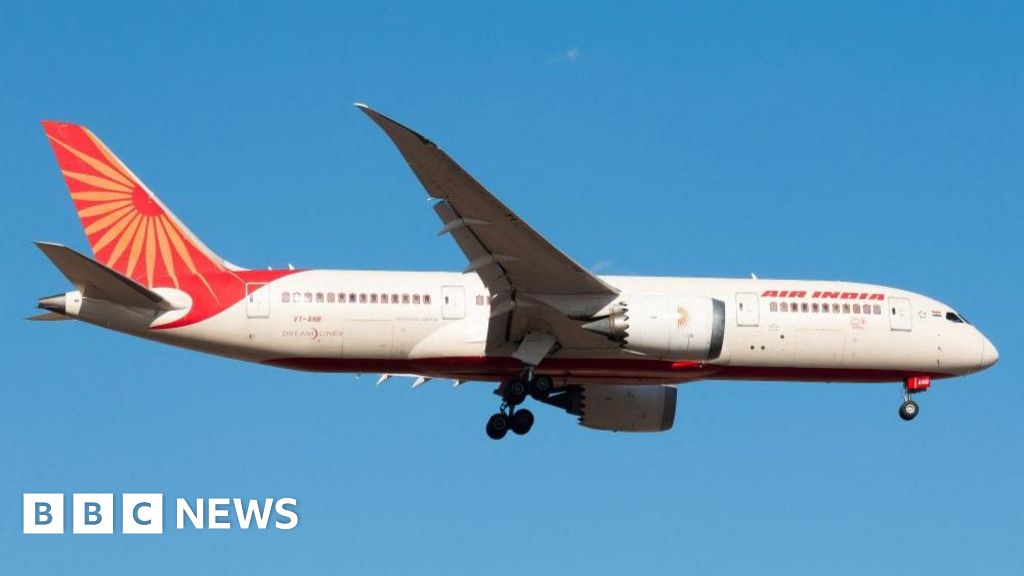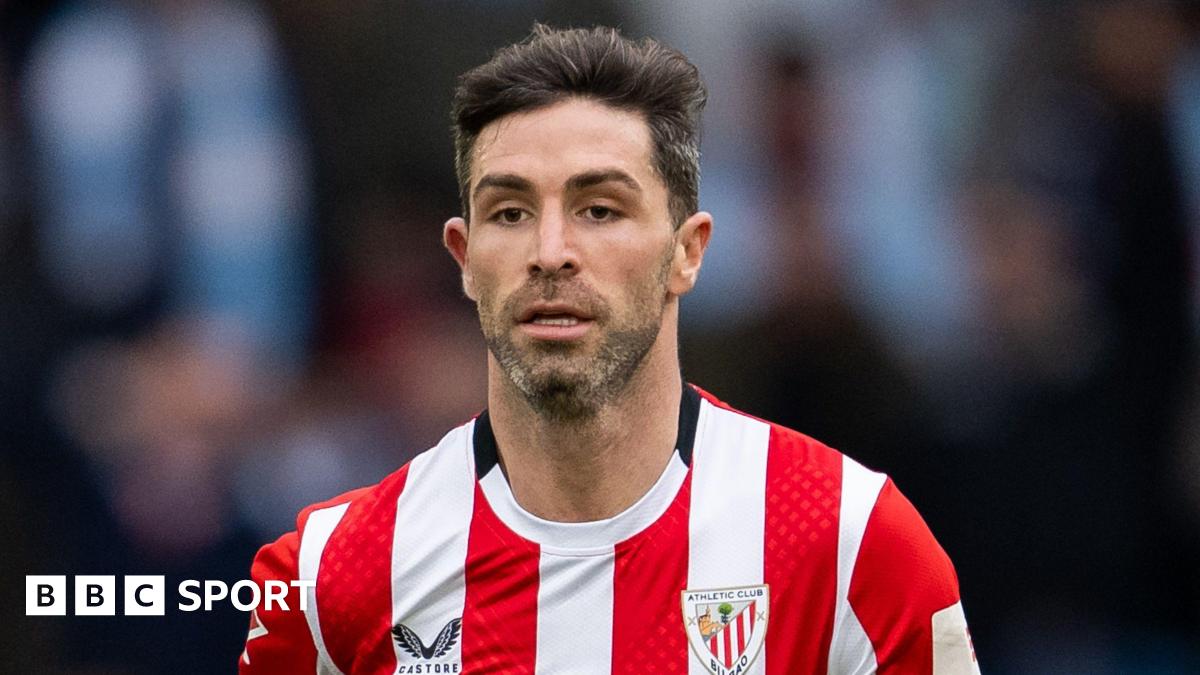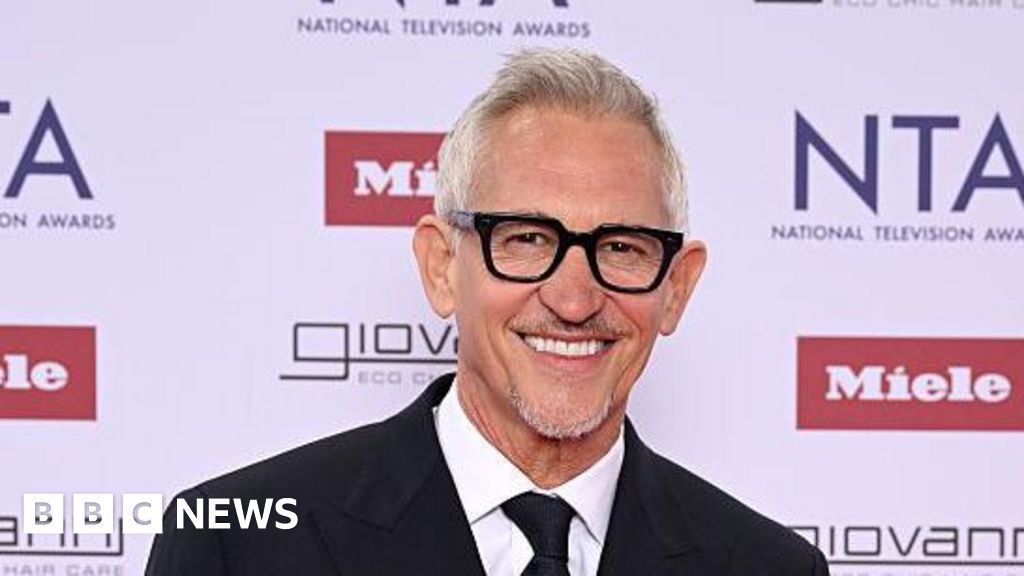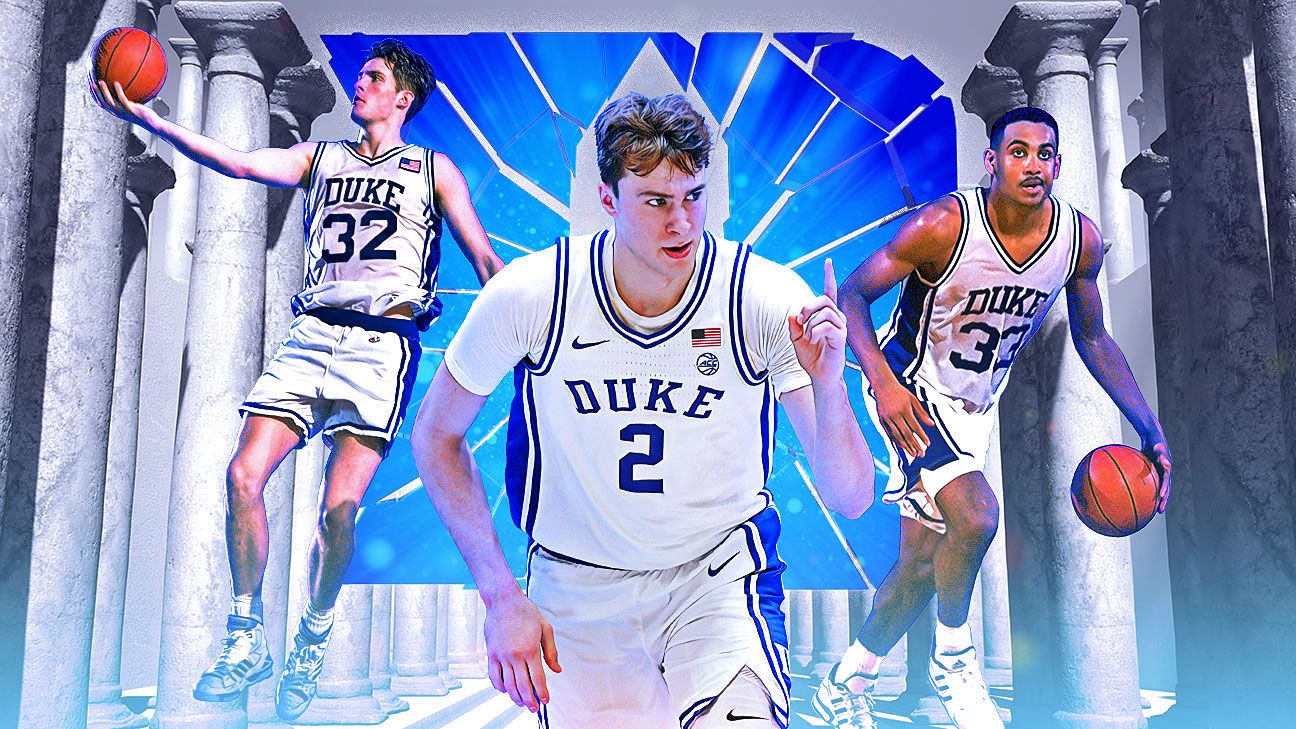
Greg WyshynskiJul 17, 2025, 07:00 AM ET
- Greg Wyshynski is ESPN's senior NHL writer.
When Gavin McKenna is selected first in the 2026 NHL draft, which is the consensus projection for the 17-year-old phenom, it'll be significant on several levels.
He's a ladder out of the abyss for some moribund team that's lucky enough to win the NHL draft lottery. He's another young offensive star for the NHL to market, having amassed 129 points in 56 games with the Medicine Hat Tigers of the Western Hockey League last season, while drawing comparisons to wingers like Patrick Kane and Nikita Kucherov.
He's hope. He's the future. But presently, Gavin McKenna represents something else entirely in hockey: He embodies the dramatic changes between the NCAA, Canadian Hockey League and the NHL that have altered the path for NHL prospects.
McKenna shocked the hockey world by opting to leave Canadian junior hockey for Penn State University's men's hockey program. He could have remained in the CHL for another dominant season. Instead, he'll be an 18-year-old freshman battling in the Big Ten against bigger, stronger and more experienced players.
"It was a super tough decision. There are a lot of really great options out there. But me, my family and everyone in my circle decided that the best spot for me next year is Penn State," he said, announcing his decision on "SportsCenter."
McKenna's big move comes at a time of radical changes for NHL prospects. Last November, the NCAA ruled that Canadian junior players were now eligible to play on Division I teams, ending a decades-old policy that made young athletes choose between the CHL and college hockey. The new rules go into effect in August, making McKenna one of the first Canadian junior players to make the jump to the NCAA -- and easily the most significant one.
"Gavin's elite. He's dominated junior hockey like very few have in the past," TSN prospects analyst Craig Button said.
That historic decision by the NCAA arrived just as college hockey programs were now flush with name, image and likeness (NIL) financial enticements for players. McKenna's NIL money for attending Penn State is "in the ballpark" of $700,000, a source tells ESPN. Michigan State, the runner-up for McKenna's commitment, had an NIL offer of around $200,000 to $300,000, according to College Hockey Insider.
The Nittany Lions men's hockey program joined Division I in 2012, playing for one season as an independent until construction was completed on its new arena, funded primarily by Penn State alum Terry Pegula, owner of the Buffalo Sabres and Buffalo Bills. Penn State joined the Big Ten in 2013-14 when that conference began sponsoring hockey.
The progress has been steady for Penn State hockey. In 2015, its first alum made his NHL debut, as Casey Bailey suited up for the Toronto Maple Leafs. Penn State won the Big Ten tournament in 2017 and the regular-season title in 2020. The Nittany Lions made the Frozen Four for the first time this past season, losing to Boston University in the semifinals. All the while, they had a state-of-the-art new building and a boisterous home-ice advantage thanks to their raucous student section.
"It's a good program. Penn State's got a nice setup," said Tony Granato, who coached Wisconsin in the Big Ten from 2016 to 2023. "They're starting to carve out a little niche for themselves that differentiates them from Michigan or Michigan State or Wisconsin."
Now it has a star whose name could become synonymous with Penn State hockey.
The Nittany Lions have had eight players drafted by NHL teams. Last month, defenseman Jackson Smith technically became the first Penn State player taken in the first round, the No. 14 pick by the Columbus Blue Jackets, although he's an incoming freshman.
But the idea that the program could produce a No. 1 pick in the NHL draft was outlandish, even in the NIL era. Not anymore. Penn State coach Guy Gadowsky gives all the credit to McKenna for taking that leap of faith with his program.
"I think when you talk about Penn State specifically, I think he has a bit of a pioneering mindset. He wants to be the first, and I think he's very comfortable with that pressure," Gadowsky said.
Agent Pat Brisson has worked with other NHL draft phenoms who were selected first overall: Sidney Crosby (2005, Pittsburgh Penguins), John Tavares (2009, New York Islanders) and Nathan MacKinnon (2013, Colorado Avalanche). Now he's working with McKenna, along with Matt Williams, a rising star at CAA.
"From the get-go, [Penn State] is where he wanted to go. It was something in his mind that he wanted," Brisson told ESPN. "I've learned one thing about some of these young, special ones: They have that special chip in them. They have these goals in mind that they are special for a reason. I sit with Gavin and I can see in his eyes how the brain is working. It's just unique. It's hard to explain."
Even harder to explain: what the path McKenna and other Canadian junior hockey stars are taking will mean for the sport in the years to come.
THE SUPREME COURT'S 2021 decision in NCAA v. Alston allowed for non-scholarship earned income across every division. That's what helped create NIL allowances in college sports, in which athletes were no longer prohibited from making deals to profit off their name, image and likeness while competing in the NCAA.
Last month, the NIL landscape shifted dramatically when three separate federal antitrust lawsuits were ended through a $2.8 billion settlement that allowed colleges, going forward, to directly pay student-athletes up to a certain limit. The annual cap is expected to start at roughly $20.5 million per school in 2025-26.
Brisson said the NIL money didn't fuel the decision by McKenna and his family. "The NIL obviously comes into play, but it's not the primary decision of why he decided to go to college," he said. "It's all about the next step. We viewed this, along with the family, as an opportunity to continue to grow as a player more than anything else."
Granato also believed the NIL money was part of McKenna's decision but not the driving force. The former Wisconsin coach played 13 seasons in the NHL. Granato knows what's awaiting McKenna after next year's draft, and hence doesn't believe NIL money could have been the determining factor here.
"Gavin McKenna is going to make more money than he could ever need in a real short period of time. So I don't think it was down to the dollars and cents," he said. "I think it was down to the respect and to the approach that Penn State laid out for him. Obviously, the money was to say how badly they wanted him, but I think that they made a big commitment to try to get their program to be a top team in the country."
Granato said the benefits for Penn State go beyond what happens on the ice next season.
"If Gavin McKenna's going to be on TV and in the Stanley Cup playoffs for the next 20 years, and he's going to have a Penn State logo next to him through all the things he's going to accomplish? The value he would bring to the university? I'd say that $700,000 or whatever is probably a pretty cheap investment," he said.
McKenna's decision to go to the NCAA would have been a much more complicated one in the past. The NCAA had deemed anyone who played in the CHL ineligible because there are players who have signed professional contracts with NHL teams playing in those leagues that comprise it: the Ontario Hockey League, Western Hockey League and Quebec Maritimes Junior Hockey League. CHL players are also paid a monthly stipend that is capped at $250.
But in November 2024, the NCAA Division I council voted to make CHL players eligible for NCAA Division I hockey beginning in 2025. The council ruled that players can compete in the CHL without jeopardizing their NCAA Division I hockey eligibility, provided they aren't "paid more than actual and necessary expenses as part of that participation."
At the time, Western Hockey League commissioner Dan Near put out a statement supporting the NCAA rules changes as a way to "relieve the tension" for young players and their families who had to decide between junior hockey and NCAA eligibility.
"We stand by that. Just because we're disappointed that Gavin won't play in our league next year doesn't mean that we have this whole different point of view on it," Near told ESPN. "We wish Gavin the best. They had an incredible team in Medicine Hat. He did a lot for the community and the league. I hope he's hugely successful."
Near cautioned against drawing conclusions based on McKenna's chosen path to the NHL.
"Gavin McKenna moving on early from the WHL or the CHL is not the same as all of the other changes going on," he said. "It's a notable cog in the wheel for sure. But this is such a giant, complicated environment that we live in right now that's so rapidly changing. I think almost everybody would acknowledge that it's going to take some time to see what happens."
But McKenna's decision has codified what many believe could be a new prospect pipeline in hockey: players starting in the CHL and then moving to the NCAA right before they're drafted in the NHL -- or immediately afterward.
BUTTON BELIEVES THAT McKenna's path is the new pipeline. He played 16 games with Medicine Hat in 2022-23, followed by 61 games in 2023-24 -- scoring 97 points -- and then 56 games last season before packing up for Penn State.
"Now you can go, 'What's best for my development at 15? Or 16? Or 17?' There's going to be a lot of players who play in the CHL because the level of play and the coaching is good. But now they don't have to forgo that opportunity to play in the NCAA," he said.
There are differences between the two paths. The CHL has players competing in significantly more games in preparation for an NHL-like grind. The NCAA plays fewer games, leaving players more time to develop and train between them. The CHL offers players a chance to compete against those around their own development curve, while the NCAA has 18-year-olds battling against 23-year-olds. The CHL is billet life. The NCAA is college life.
Button is an optimist about the changing landscape. "I really, really love the idea that more doors open and present options for the players to look at their development in a different way," he said.
He also doesn't see this as a serious blow to the CHL. He points to NHL stars like Kane and Matthew Tkachuk that selected Canadian juniors over the NCAA. He notes that the current top prospects that do end up in the NCAA will likely do so after spending significant time in Canadian juniors. McKenna played 2½ seasons at Medicine Hat before making the leap to Penn State, leading the team to a conference championship and a Memorial Cup appearance last season.
"I know the CHL doesn't want to lose 19-year-old kids to the NCAA, but they're also going to get players that they weren't going to get at 16 and 17," Button said.
But Near doesn't believe this is necessarily a new talent pipeline for NHL prospects.
"I have no problem with people experimenting or trying things out. I have no problem with other leagues that might be envious of the success that we've had -- or wish to be declared as our equal -- trying to suggest that we should be a development league for the NCAA, which in turn would be a development league for the NHL," Near said.
"But that's not what we are."
The WHL commissioner notes the CHL has the better track record for player development, one that stretches back 50 years. He points to the 2025 NHL draft, in which 21 of the first round's 32 picks came from Canadian junior hockey, while five picks were credited to U.S. college programs.
"The idea of someone going to the NCAA before their draft year will be occasional," Near said. "This isn't just about money. It's also about what environment is going to put a player in the best situation to further his hockey development."
He points to the billet environment. "Having a mother figure and a father figure around you to support you, help you with meals and help teach you how to do laundry and be independent," he said.
He points to the CHL schedule and the number of games in which players will appear during a typical season, noting that the former junior players who get their professional start in the American Hockey League have said the CHL best prepared them for that grind.
Near isn't looking to have the WHL rest on its reputation. He has a survey out to players this offseason to hear about what works and what doesn't for them. "We're not crossing our arms and saying we do it better. We're spending a lot of time assessing what we can do better, how we can enhance the player experience and environment," he said.
That includes thinking about CHL players that might find their way back to junior hockey after moving over to the NCAA. It's a trend several sources anticipated happening in the new paradigm.
Factors behind that reversal could range from a lack of ice time to the realization that they're not ready to face older competition to the fact that not every 18-year-old "walking onto a college campus, jumping onto the first power play and making the most NIL money" will be welcomed with open arms by older teammates with their own NHL aspirations, as one NHL source framed it.
"NCAA hockey is hard for a lot of 18- and 19-year-olds," said Button, who sees the option to go back to juniors like a part of the transfer portal.
"There's a transfer portal in the NCAA athletics right now. Maybe not as much ice time. Maybe there's a depth chart where I don't fit in. Maybe I'm not getting as much. So now you have the transfer portal in between schools, and there's going to be a transfer portal back to the CHL. That's going to be reality," he said.
Another potential wrinkle for Canadians coming to the NCAA: rapidly changing immigration policies that could impact student visa statuses. It's a topic Big Ten schools like Oregon have openly discussed since NIL started.
"I'm not rooting for anything to go poorly, but we are setting up our operations so that if a player has regrets that we're going to welcome them back," Near said.
"I think that there's a possibility some guys swing back to our league. I think people will maybe develop a greater appreciation for all the things we do to create a player development experience. I wish it would come faster, because it's a stressful time. But we're watching closely and we're acting where we think it makes sense."
While times are stressful for Canadian junior hockey, Button doesn't believe changes to the prospect pipeline are a net negative for the CHL.
"You have some people saying that everything is going to hell in a handbasket. No, it isn't," he said. "Doors are opening for the CHL teams with getting good younger players into their program. The NCAA is getting more talent from the players that have been drafted, who now see college hockey as an option. NHL teams have more options open to them with respect to being sure about who they're signing. I think that's great."
AS IF THE PROSPECT LANDSCAPE hadn't undergone enough change, the NHL and the NHLPA further shifted it themselves in their new collective bargaining agreement, which begins in the 2026-27 season.
One major change concerns 19-year-old players that were drafted by NHL teams from Canadian juniors. The NHL-CHL transfer agreement dictates that they either have to make an NHL roster or be returned to their junior team. Currently, CHL players can't play in the American Hockey League until they turn 20 or complete four seasons in the CHL.
In the new CBA, the NHL will reopen its agreement with the CHL to seek to eliminate the mandatory return rule. "NHL will seek to limit NHL Clubs to Loaning no more than one (1) 19-year-old player per year to the AHL without the requirement of first offering such player to his junior club," reads the new amendment.
Perhaps more importantly for the NHL draft, the new CBA states that players selected at age 18 will have their rights retained until "the fourth June 1 after they were drafted." For 19-year-old draft picks, their rights will be retained "until the third June 1 after they were drafted."
Button sees this as a significant new development window for teams and players that will impact juniors and the NCAA.
"The team has your rights for four years. It used to be in the CHL that you had to sign the player two years after you drafted him," he said. "In the past, you might have to make a signing decision. Now, if a 20-year-old player might not be ready, a team can send him to the NCAA to get another year under his belt while retaining his rights."
This practice could become one of the most significant developments in the post-NCAA eligibility world: that NHL teams could use the NCAA as a preparatory league for former Canadian junior players before bringing them to the pro level.
"I think that because of that fact, you are going to get more high-profile players in college hockey," Gadowsky said. "NHL teams are going to support going to college hockey because of that. There are a lot of great players that have had a lot of success in junior hockey and are looking for the next step, but that may not be ready to reach the NHL. I think college hockey is an attractive option for many NHL teams."
This trend is already happening. The Calgary Flames took center Cole Reschny from the WHL Victoria Royals at No. 18 in last month's draft. Reschny is headed to North Dakota next season. (His Royals teammate Keaton Verhoeff, a highly touted defenseman, will join him at NoDak as the rare 17-year-old NCAA player.) The New York Rangers drafted winger Malcolm Spence from the OHL Erie Otters at No. 43. He'll play at the University of Michigan next season.
"The CHL and the USHL teams have resources. They spend a lot of time on development, but it's different at an NCAA school, especially a major power," Button said. "It's going to be really interesting for the kids at 18 who aren't NHL-ready to go back to junior, and then at 19 you're like 'You're either in the NHL or you're back in junior.' Well, now there's the NCAA as the next step in terms of their development. You have to be a student-athlete and you have to commit to that. But I think the NHL benefits from this, too."
MCKENNA WILL LIKELY head straight to the NHL after next summer's draft, as almost every No. 1 pick has done for decades. He'll do so after facing older, larger players for a season before joining the NHL, like Macklin Celebrini did with Boston University and Auston Matthews did with Zurich SC in the Swiss league.
"The guys that have confidence and are ready for that next challenge, that's not going to scare them. They don't care about dropping in the draft. They care about getting better," Granato said. "If they're going to get better by going to play against older and bigger and stronger players in a better league, they're going to do it. That's just their mentality."
McKenna would be just the fourth winger in the past 15 drafts to be selected first overall, after Nail Yakupov (Edmonton Oilers, 2012), Alexis Lafreniere (New York Rangers, 2020) and Juraj Slafkovsky (Montreal Canadiens, 2022). None of these players had the early buzz that McKenna has generated, which is usually reserved for a franchise-level center among offensive players, like Connor McDavid or Matthews.
Button doesn't see McKenna on McDavid's level, and doesn't see him as the goal scorer that Matthews has become. On the recent NHL first overall pick scale, he would slot McKenna in between Celebrini (San Jose, 2024) and Connor Bedard (Chicago, 2023).
But Button said the NHL comparables for McKenna -- should he reach the potential of his trajectory -- are a pair of former Hart Trophy winners: Patrick Kane and Nikita Kucherov. Both players can score goals, as Kane is sixth (492) and Kucherov is 22nd (357) among active players. But it's their playmaking ability on the wing that reminds Button of McKenna, who was a Kane fan (and a Blackhawks fan) growing up in Whitehorse, Yukon.
"The way he can control the game, take over games. I think we play similar styles. Smart hockey players that can slow down the game but speed it up when we want," McKenna said.
Gadowsky said McKenna's ability to slow things down and create at his pace is indicative of an elite player that thinks the game differently. Gadowsky grew up watching Wayne Gretzky. While he's not about to make a direct comparison between "The Great One" and "The Nittany One," the way they both process hockey is something no one can teach them. It's inherent.
"There's no way that I or anybody else on our staff thinks like Gavin does. He is a very, very special athlete," he said. "By no means am I ever going to talk to him about how his mind creates. That's all him, and it's going to be really fun to watch."
That Penn State fans will be the ones watching him is still a bit surreal for Gadowsky, the only coach the program has known as part of the Big Ten. The Nittany Lions have been a slow-building success. Getting McKenna to commit is one giant leap forward for the program -- and for college hockey.
"There's a ton of great Penn State supporters that are really, really excited to watch him play and see what he does in the future," Gadowsky said. "I mean, they're going to love him. They're going to absolutely love him and we're thrilled that someone of his stature is going to be attached to Penn State."

